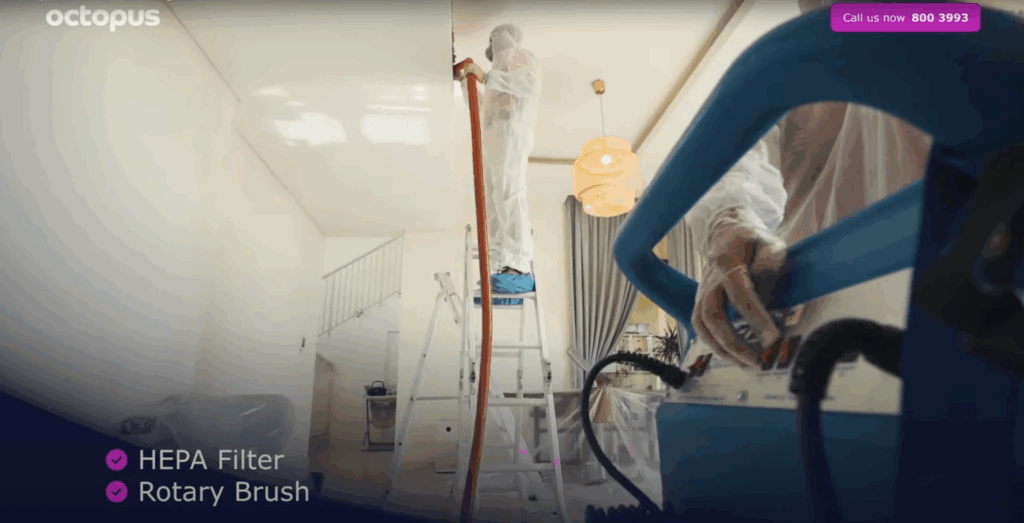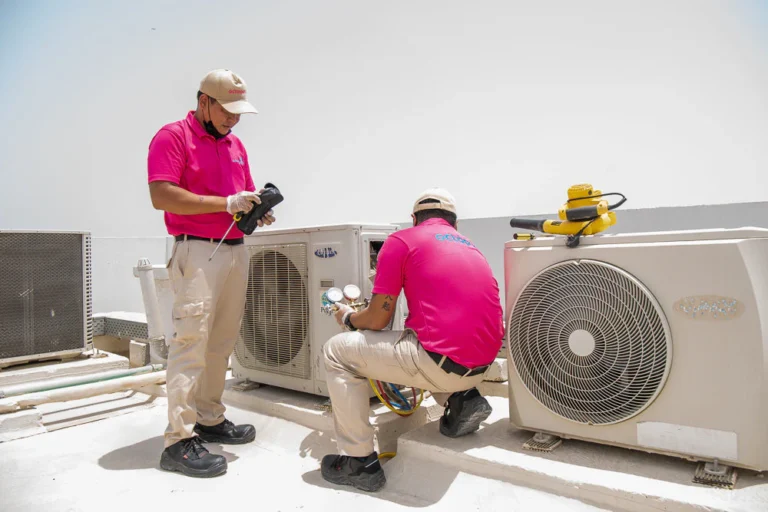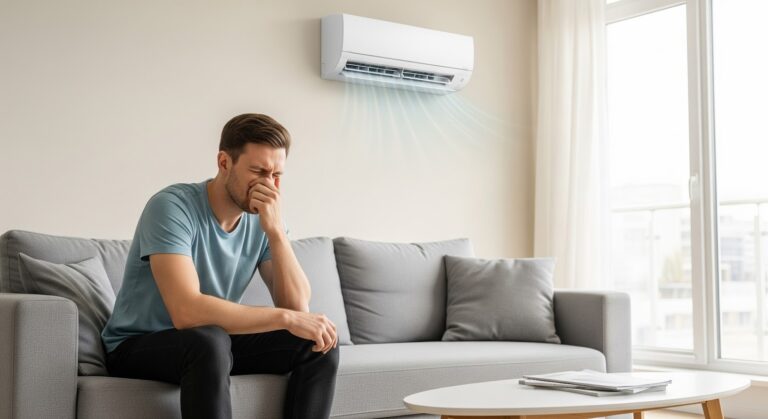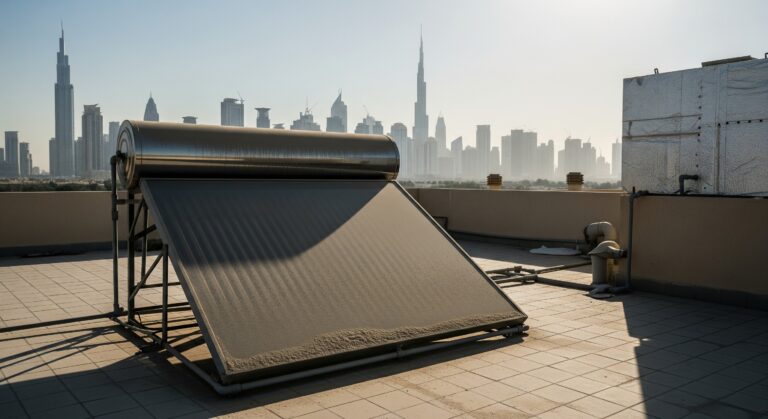Rattling noises inside ducts can be a source of annoyance and concern for many homeowners. Understanding the reasons behind these sounds is crucial for maintaining a comfortable and efficient home environment. This article delves into the common causes of rattling noises in ductwork, how to identify them, and the impact they can have on your HVAC system’s performance.
Common Causes of Rattling Noise Inside Ducts
Duct rattling often resembles a persistent clattering or shaking noise that can vary in intensity. It might sound like loose metal parts vibrating against each other, creating an unsettling ambiance in your home. Recognizing this sound is the first step in diagnosing the issue.
Loose or Unsecured Duct Connections
Loose or unsecured duct connections are a frequent cause of rattling noises. Over time, the connections between duct sections can become loose due to vibrations and thermal expansion. This can lead to gaps that cause the ducts to rattle when air flows through them.
- Connections become loose over time
- Gaps cause rattling during airflow
- Common in older duct systems
Metal Expansion and Contraction During Temperature Changes
Metal ducts expand and contract with temperature fluctuations, which can lead to rattling sounds. This is especially common in areas with significant temperature variations between seasons. The metal’s movement can cause it to rub against other components, creating noise.
- Occurs with temperature changes
- Metal rubs against other components
- Common in areas with seasonal temperature variations
Air Pressure Imbalance in the HVAC System
An imbalance in air pressure within the HVAC system can cause ducts to vibrate and produce rattling noises. This can happen if the system is not properly balanced, leading to uneven airflow and pressure differences.
- Imbalance causes vibration
- Leads to uneven airflow
- Pressure differences create noise
Clogged Air Filters Restricting Airflow
Clogged air filters can restrict airflow, causing the HVAC system to work harder and potentially leading to rattling noises. When air cannot flow freely, it creates pressure imbalances that can make ducts vibrate.
- Restricted airflow from clogged filters
- System works harder, causing noise
- Pressure imbalances lead to vibration
Obstructed or Collapsed Duct Sections
Obstructions or collapsed sections within the ductwork can cause air to flow unevenly, resulting in rattling sounds. These issues can arise from debris buildup or physical damage to the ducts.
- Obstructions cause uneven airflow
- Debris buildup or physical damage
- Results in rattling sounds
Loose Dampers or Internal Components
Loose dampers or internal components within the ductwork can create rattling noises as air passes through. These components may become dislodged over time, leading to noise and reduced system efficiency.
- Loose components create noise
- Air passing through causes rattling
- Reduces system efficiency
Worn-Out or Vibrating Blower Fan Assembly
A worn-out or vibrating blower fan assembly can cause rattling noises throughout the duct system. As the fan operates, it may shake or vibrate, transmitting noise through the ducts.
- Worn-out fan causes vibration
- Noise transmitted through ducts
- Affects overall system performance
Improper Duct Installation or Poor Support Bracing
Improper installation or inadequate support bracing can lead to duct rattling. If ducts are not securely fastened, they may move or vibrate, causing noise.
- Improper installation leads to movement
- Inadequate support causes vibration
- Results in rattling noises
Identifying the Source of Duct Noises
Understanding Different Types of Duct Noises
Different types of noises can emanate from ductwork, each indicating a specific issue. Understanding these sounds can help in diagnosing and addressing the problem effectively.
- Rattling indicates loose components
- Banging suggests pressure changes
- Whistling points to air leaks
Rattling or Vibrating Ducts & Noise Source
Rattling or vibrating noises often originate from loose components or connections within the ductwork. Identifying these sources can help in resolving the issue.
- Loose components cause rattling
- Vibrations indicate unsecured parts
- Check connections for looseness
Banging or Popping Sounds from Ductwork & Noise Source
Banging or popping sounds are typically caused by pressure changes within the duct system. These noises can occur when the system starts or stops, indicating a need for pressure balancing.
- Pressure changes cause banging
- Occurs during system start/stop
- Indicates need for balancing
Whistling or Hissing Air Sounds & Noise Source
Whistling or hissing sounds often result from air leaks in the ductwork. These leaks can cause air to escape, leading to noise and reduced system efficiency.
- Air leaks cause whistling
- Hissing indicates escaping air
- Reduces system efficiency
Buzzing or Electrical Humming from the HVAC Unit & Noise Source
Buzzing or electrical humming noises can originate from the HVAC unit itself. These sounds may indicate electrical issues or problems with the blower motor.
- Electrical issues cause buzzing
- Humming from blower motor
- Check unit for electrical problems
How Rattling Noises Affect Your AC’s Performance and Efficiency
Rattling noises can have a significant impact on your AC’s performance and efficiency. Addressing these issues is crucial for maintaining a comfortable and cost-effective home environment.
Increased Energy Consumption Due to System Strain
Rattling noises often indicate system strain, leading to increased energy consumption. The HVAC system may work harder to compensate for inefficiencies, resulting in higher energy bills.
- System strain increases energy use
- Higher energy bills from inefficiencies
- Address issues to reduce consumption
Reduced Cooling Efficiency and Uneven Airflow
Rattling noises can lead to reduced cooling efficiency and uneven airflow. These issues can make it difficult to maintain a consistent temperature throughout your home.
- Reduced efficiency from rattling
- Uneven airflow affects comfort
- Difficult to maintain consistent temperature
Accelerated Wear on Mechanical and Electrical Components
Persistent rattling can accelerate wear on mechanical and electrical components within the HVAC system. This can lead to more frequent repairs and a shorter system lifespan.
- Accelerated wear from persistent noise
- More frequent repairs are needed
- Shortens system lifespan
Preventive Maintenance to Avoid Rattling Noise Inside Ducts
Preventive maintenance is key to avoiding rattling noises and ensuring your HVAC system operates efficiently. Regular inspections and upkeep can prevent many common issues.
Regular Inspection of Duct Connections and Joints
Regular inspection of duct connections and joints can prevent rattling noises. Ensuring these components are secure can reduce the risk of noise and improve system efficiency.
- Inspect connections regularly
- Secure joints to prevent noise
- Improves system efficiency
Clean and Replace Air Filters Regularly
Cleaning and replacing air filters regularly can prevent airflow restrictions and reduce the risk of rattling noises. This simple maintenance task can improve overall system performance.
- Regular filter maintenance prevents noise
- Reduces airflow restrictions
- Improves system performance

Seal Air Leaks and Reinforce Duct Insulation
Sealing air leaks and reinforcing duct insulation can prevent rattling noises and improve energy efficiency. These measures can reduce noise and enhance comfort.
- Seal leaks to prevent noise
- Reinforce insulation for efficiency
- Enhances home comfort
Schedule Routine Professional Duct Maintenance with Octopus
Scheduling routine professional duct maintenance with Octopus can prevent many common issues. Their expertise ensures your system operates smoothly and efficiently.
- Routine maintenance prevents issues
- Octopus provides expert service
- Ensures smooth system operation
Final Thoughts
Rattling noises inside ducts can be more than just an annoyance; they can indicate underlying issues that affect your HVAC system’s performance and efficiency. By understanding the causes and taking preventive measures, you can maintain a comfortable and cost-effective home environment. Regular maintenance and professional inspections are key to ensuring your system operates smoothly and efficiently.
FAQs
Why is my AC making a rattling noise when it’s running?
Your AC may make a rattling noise due to loose components or connections within the ductwork. This can occur over time as parts become dislodged or worn. Addressing these issues promptly can prevent further damage.
Can rattling ducts affect my AC’s cooling performance?
Yes, rattling ducts can affect your AC’s cooling performance by causing uneven airflow and reduced efficiency. This can make it difficult to maintain a consistent temperature in your home. Addressing the issue can improve performance and comfort.
How do I stop my air ducts from rattling?
To stop your air ducts from rattling, inspect and secure any loose connections or components. Regular maintenance, such as cleaning air filters and sealing leaks, can also help prevent rattling noises. If the problem persists, consider professional inspection.
How often should I have my air ducts inspected or maintained?
It’s recommended to have your air ducts inspected or maintained at least once a year. Regular inspections can identify potential issues early and ensure your system operates efficiently. Professional maintenance can also extend the lifespan of your HVAC system.
When should I replace my ductwork instead of repairing it?
You should consider replacing your ductwork if it is significantly damaged, outdated, or inefficient. If repairs are frequent and costly, replacement may be more cost-effective in the long run. A professional inspection can help determine the best course of action.








